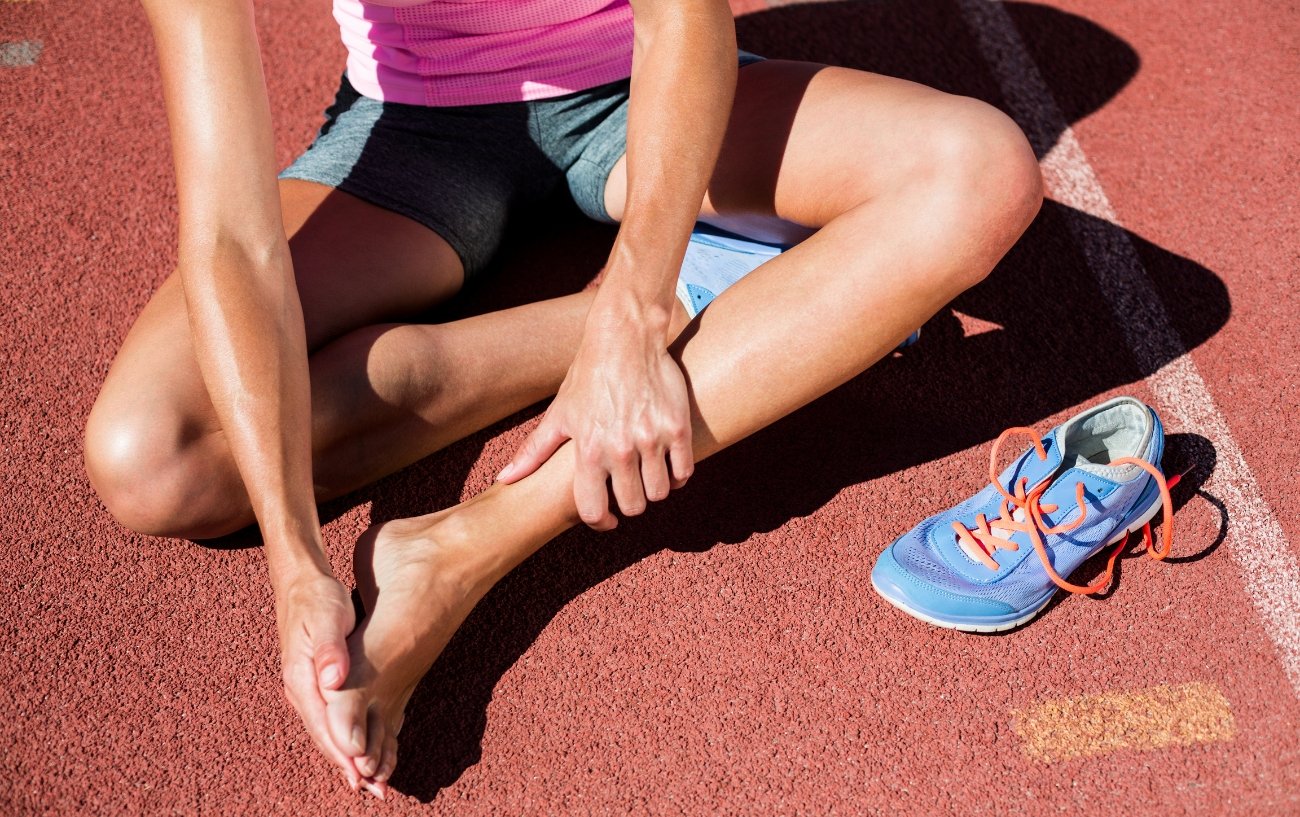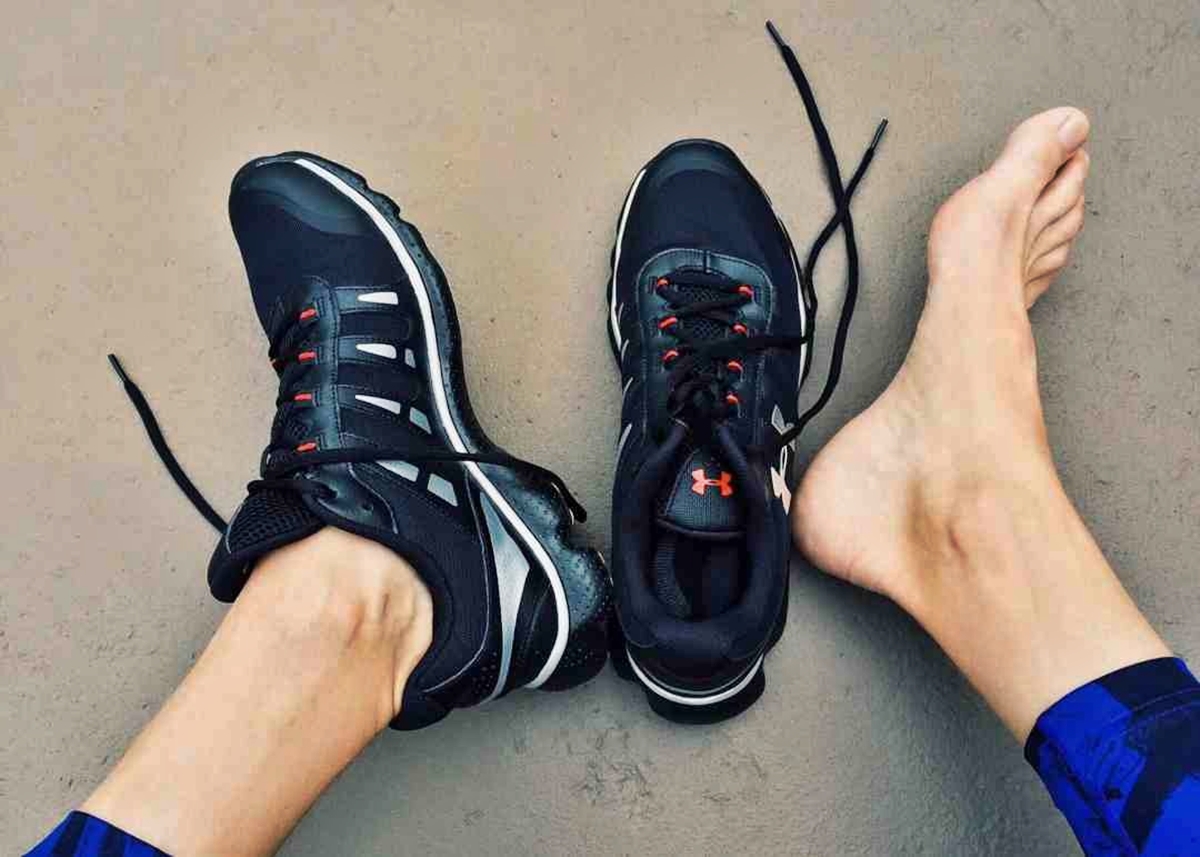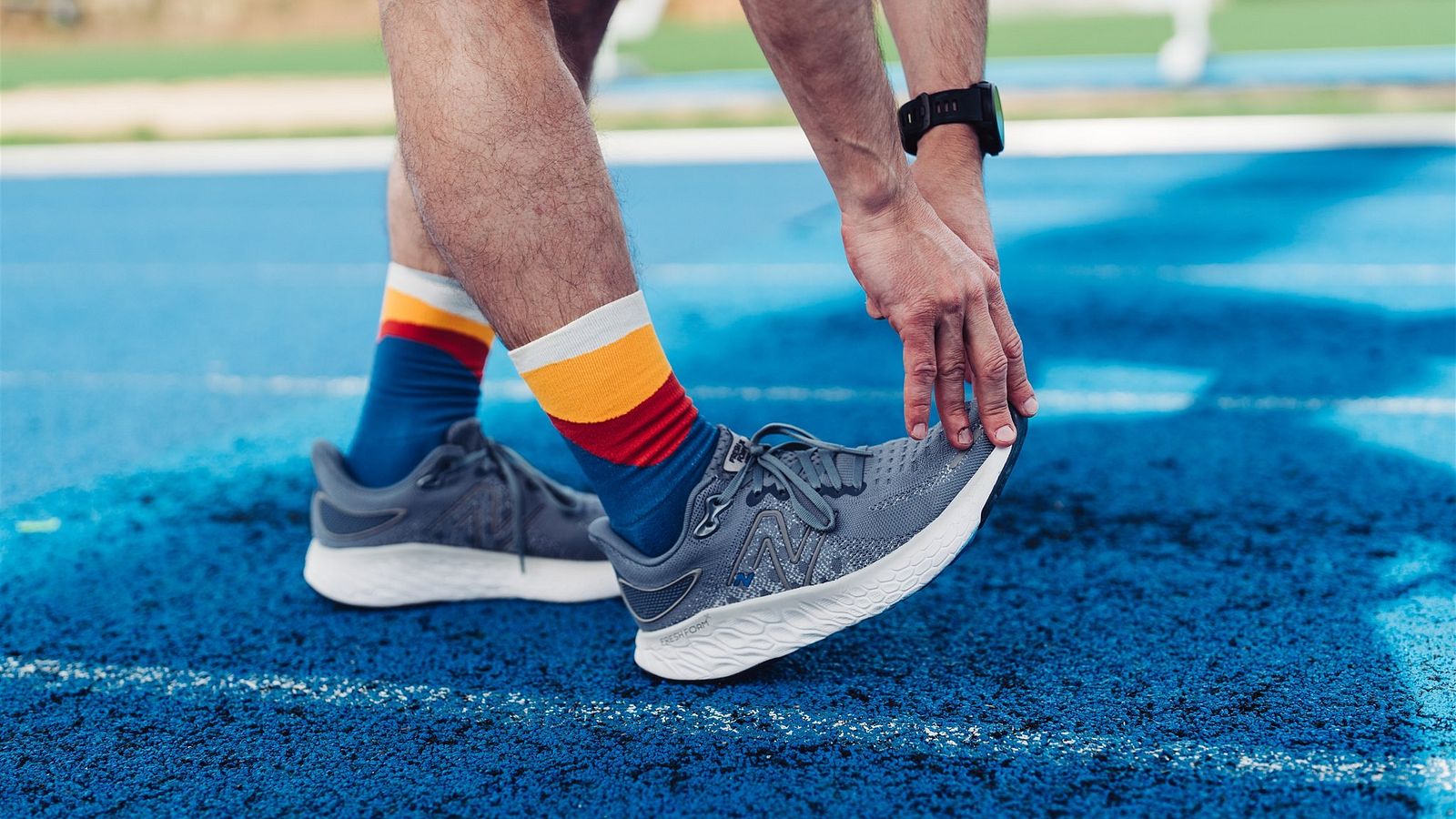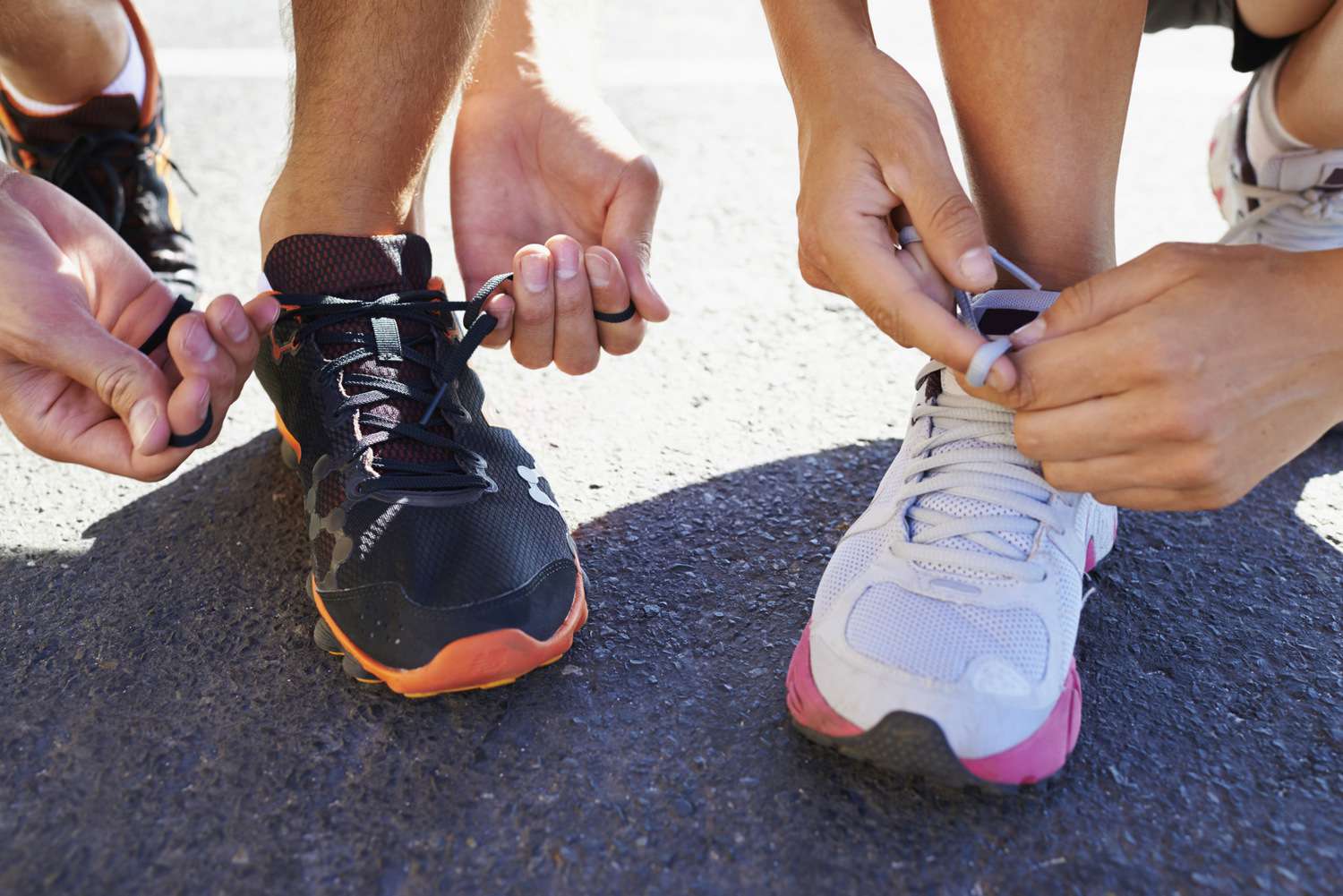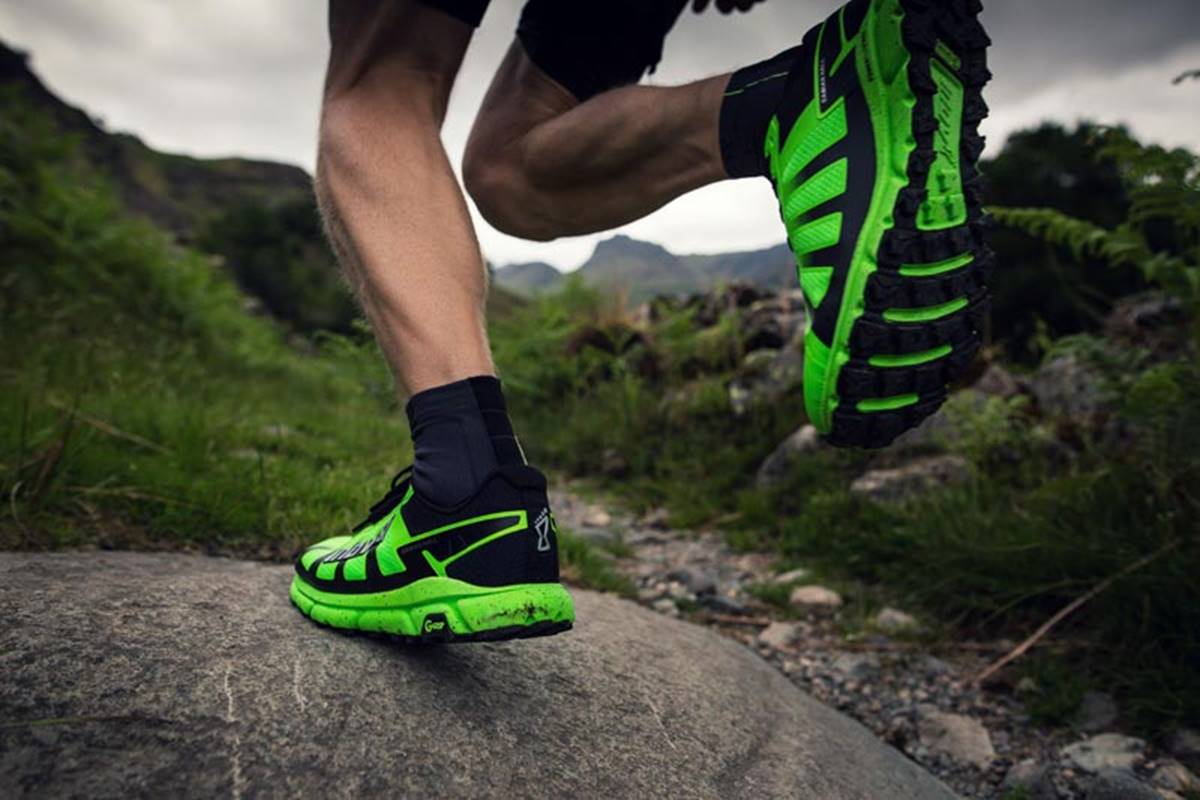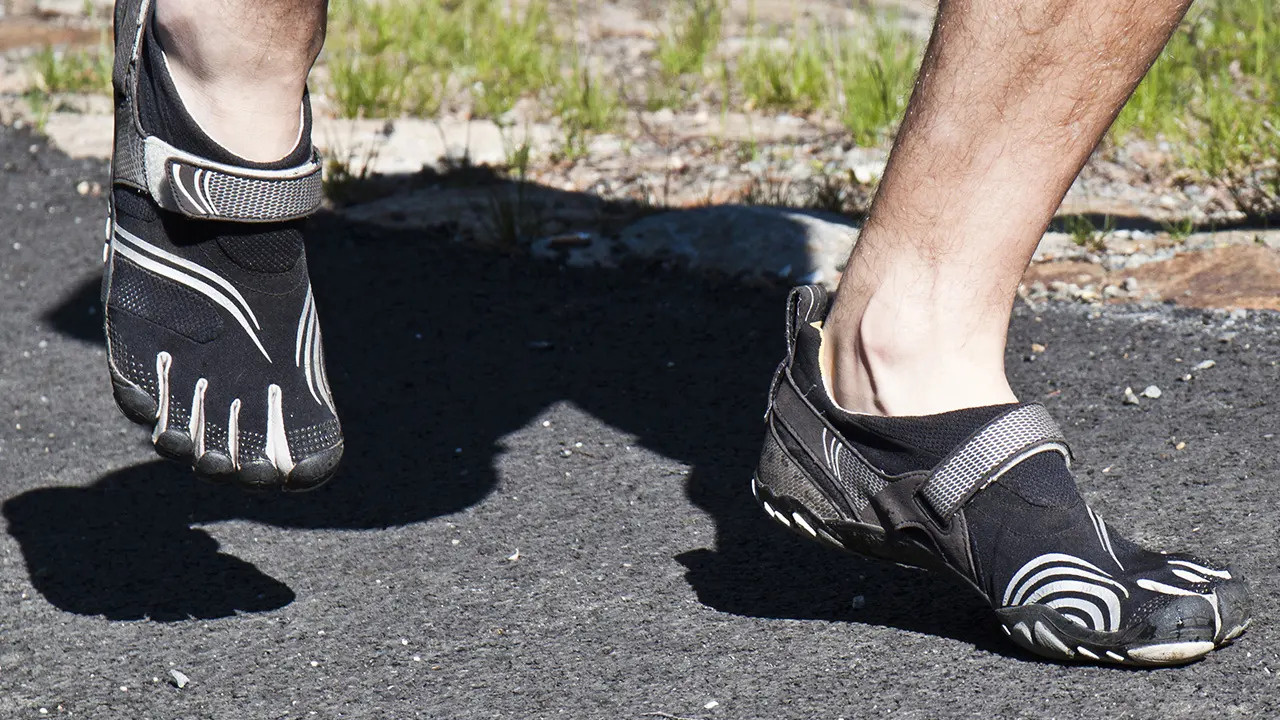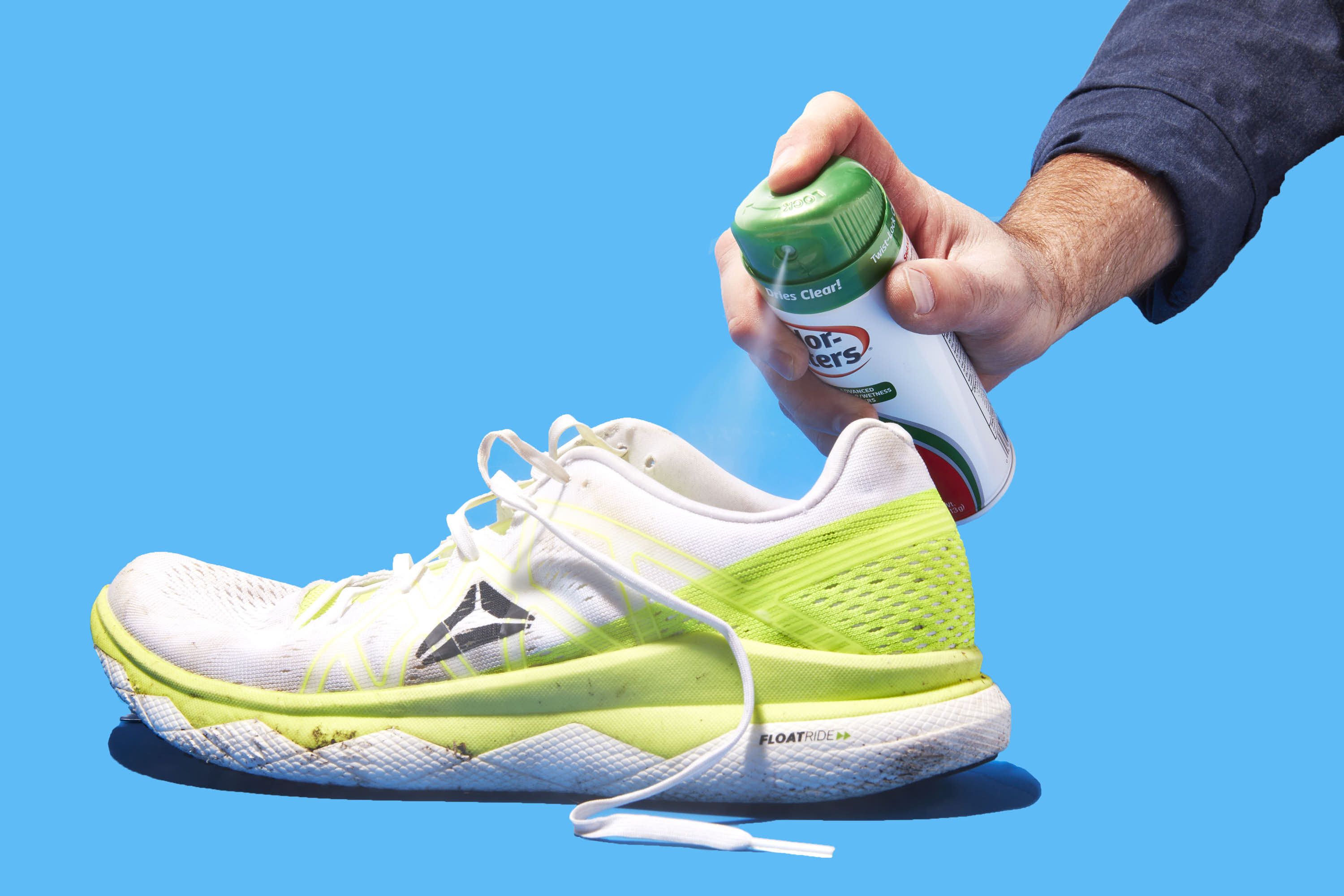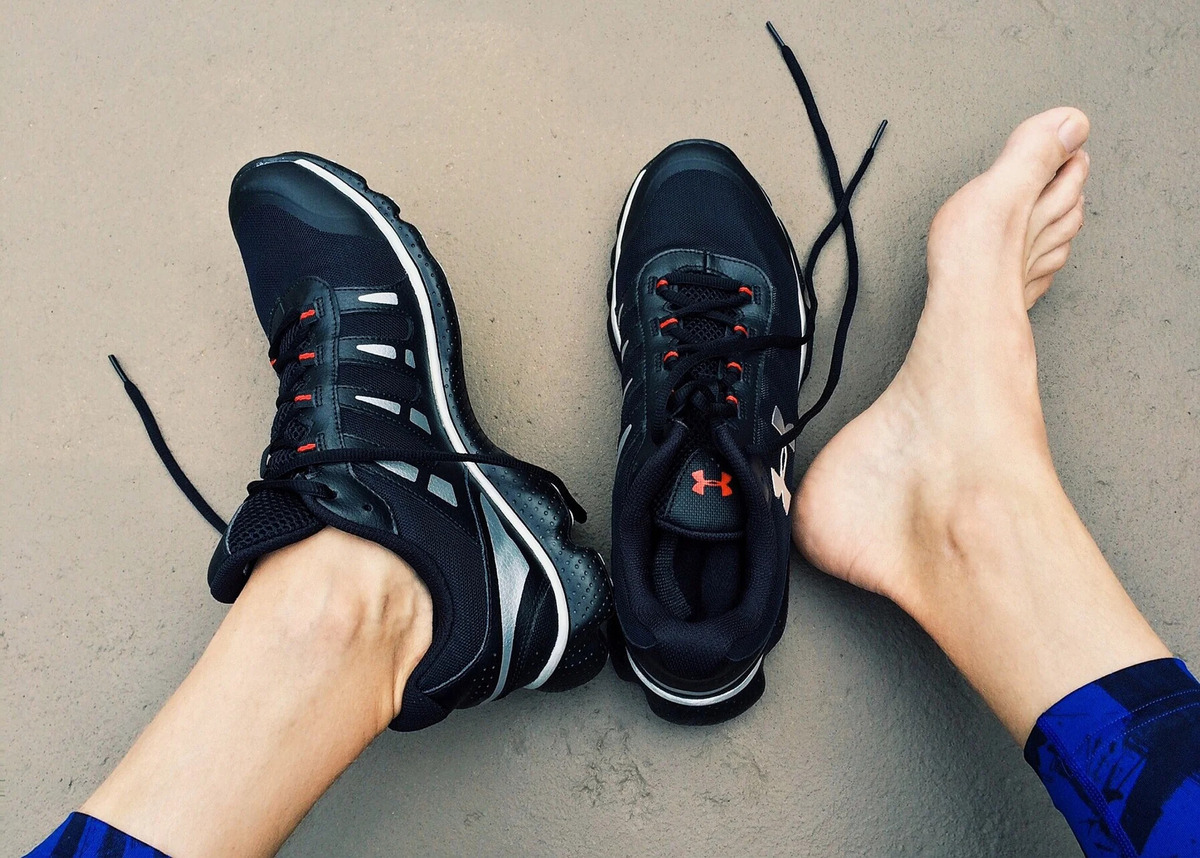

Featured
How To Break In Running Shoes
Modified: May 22, 2024
Learn how to break in your new running shoes with our featured guide. Get the most out of your shoes and enhance your running experience.
Introduction
When it comes to running, having the right pair of shoes is crucial for a comfortable and injury-free experience. However, even the most expensive and technologically advanced running shoes can feel uncomfortable or cause discomfort if they are not properly broken in. Breaking in your running shoes is a process that allows them to mold to your feet, providing optimal support and cushioning.
In this article, we will guide you through the process of breaking in your running shoes effectively. Whether you are a seasoned runner or a beginner, following these tips will help you get the most out of your running shoes and prevent potential foot discomfort or injuries.
Before we dive into the details, it’s important to note that the breaking-in process can vary depending on the individual and the type of shoes. It’s essential to listen to your body and make adjustments as needed. With a little patience and diligence, you’ll soon be enjoying a comfortable and enjoyable run in your freshly broken-in running shoes.
Choose the Right Running Shoes
The first step in breaking in your running shoes is to ensure that you have selected the right pair for your feet and running style. The right shoes will provide the necessary support, cushioning, and stability to help prevent any discomfort or injuries during your runs.
Here are a few key factors to consider when choosing the right running shoes:
- Foot Type: Determine your foot type to understand whether you have high arches, flat feet, or a neutral arch. This will help you select shoes with the appropriate level of arch support and stability.
- Running Style: Consider your running style, whether you are a heel striker, forefoot striker, or midfoot striker. Different shoes are designed to accommodate different running styles.
- Cushioning and Support: Take into account the amount of cushioning and support you need. If you require more cushioning for shock absorption, choose shoes with thicker midsoles. If you need more stability, opt for shoes with additional support features.
- Proper Fit: Ensure that your running shoes fit properly. They should have enough room in the toe box, allowing your toes to move freely without any discomfort. Your heel should feel snug but not too tight, preventing any slippage.
Remember to visit a specialized running store where experts can analyze your gait and recommend the most suitable shoes for you. Trying on a few pairs and going for a short jog in-store can help you determine the right fit and feel.
By choosing the right running shoes from the start, you’ll have a solid foundation for the breaking-in process and reduce the risk of discomfort or injuries down the road.
Prep Your Shoes Before Breaking Them In
Before hitting the pavement in your new running shoes, it’s important to prepare them to ensure a smoother and more comfortable breaking-in process. Taking the time to prep your shoes will help soften the materials, reduce stiffness, and minimize the risk of blisters or hot spots.
Here are a few steps to take when prepping your shoes:
- Flex and Bend: Gently flex and bend your shoes to loosen up the materials and improve their flexibility. This will help reduce stiffness and allow your feet to move more naturally.
- Massage and Twist: Use your hands to massage the areas around the toe box, heel counter, and any other parts that feel particularly stiff. Twisting the shoes gently will also help loosen up the materials.
- Wear Thick Socks: When initially wearing your shoes, opt for thicker socks to provide some extra cushioning and protect your feet from potential discomfort or blisters.
- Walk Around the House: Before going for your first run, wear your running shoes around the house for short periods. This will help your shoes adapt to your feet and allow you to identify any potential hotspots or areas that need further adjustment.
- Use Heat and Moisture: Some runners find it helpful to use heat and moisture to soften the materials of their shoes. You can do this by applying a hairdryer on a low heat setting to areas that feel particularly stiff, or by wearing damp socks while wearing your shoes around the house.
Remember, the prepping process should be gentle and gradual. Avoid excessive force or extreme methods that could damage your shoes.
By properly prepping your shoes, you’ll make the breaking-in process more comfortable and efficient. This will help your shoes adapt to your feet quicker and provide the support and comfort you need during your runs.
Gradually Increase Wear Time
Once you have your running shoes prepped and ready, it’s time to start breaking them in. One crucial aspect of the breaking-in process is gradually increasing the wear time of your shoes. This allows your feet and the shoes to adjust to each other without causing excessive discomfort or potential injuries.
Here’s a step-by-step guide on how to gradually increase the wear time of your running shoes:
- Start with Short Walks: Begin by wearing your running shoes for short walks. This allows your feet to get accustomed to the feel and fit of the shoes without the impact of running.
- Incorporate Short Runs: Once you feel comfortable during walks, incorporate short runs into your routine. Start with a gentle jog for a few minutes, gradually increasing the duration as days go by.
- Listen to Your Feet: Pay close attention to how your feet feel during and after each session. If you experience any discomfort, pain, or hot spots, take a step back and give your feet some rest. Don’t push through the pain as it can lead to injuries.
- Alternate with Old Shoes: During the breaking-in process, consider alternating between your new running shoes and your old pair. This will provide relief to your feet and prevent excessive strain on specific areas.
- Gradually Increase Frequency and Duration: As your feet adapt to your new running shoes, gradually increase the frequency and duration of your runs. This progressive approach will allow your feet and shoes to find a comfortable balance.
Remember, everyone’s feet and the breaking-in process are unique, so take your time and listen to your body throughout this journey. Don’t rush the process, as it can lead to unnecessary discomfort and potential injuries.
By gradually increasing the wear time of your running shoes, you’ll give your feet and shoes the opportunity to form a harmonious bond. This will result in enhanced comfort and support during your runs.
Take Care of Your Feet
While breaking in your running shoes, it’s equally important to prioritize the care of your feet. This will help minimize the risk of blisters, hot spots, and other foot-related issues that can hinder your running experience. By implementing good foot care practices, you’ll ensure that your feet remain healthy, comfortable, and ready for your next run.
Here are some tips to take care of your feet during the breaking-in process:
- Maintain Proper Hygiene: Keep your feet clean and dry, especially after each run. Wash them with mild soap and water, and make sure to dry them thoroughly, especially between your toes, to prevent fungal infections.
- Moisturize: Apply a moisturizer or foot cream to keep your skin hydrated. This will help prevent dryness, cracking, and calluses.
- Trim Your Nails: Regularly trim your toenails to avoid ingrown nails and discomfort. Cut them straight across and avoid cutting them too short.
- Wear Moisture-Wicking Socks: Opt for moisture-wicking socks made of synthetic materials. These socks will help keep your feet dry and prevent blisters and friction.
- Address Hot Spots Immediately: If you feel any hot spots or areas of irritation on your feet during a run, stop and address them immediately. Apply moleskin or a blister bandage to protect the area.
- Give Your Feet Rest: Allow your feet to rest and recover between runs. This will help prevent overuse injuries and give your feet time to recover.
By taking care of your feet during the breaking-in process, you’ll ensure that they remain healthy and comfortable. This will enable you to continue with your running routine without any discomfort or setbacks.
Listen to Your Body
One of the most important aspects of breaking in your running shoes is listening to your body. Your body is your best guide in determining how your shoes are fitting and whether any adjustments need to be made. Paying attention to any signs of discomfort or pain will help prevent injuries and ensure a successful breaking-in process.
Here are some key points to keep in mind when listening to your body:
- Pay Attention to Pain: If you experience any sharp or persistent pain while running in your new shoes, it’s essential to address it. Pain could be a sign of an ill-fitting shoe or an underlying issue that needs attention.
- Be Aware of Hot Spots: Keep an eye out for any areas of friction or irritation on your feet, which could indicate potential blistering. Take action promptly by using moleskin or bandages to protect these hot spots.
- Consider Your Running Form: Changes in your running form or gait while breaking in new shoes might indicate discomfort. Be mindful of any alterations and assess whether they are related to the shoes or simply part of the adaptation process.
- Don’t Rush: Avoid the temptation to increase mileage or intensity too quickly while breaking in your shoes. Gradual progress will give your feet and body time to adjust without overstressing your muscles and joints.
- Listen to Your Feet Post-Run: After your runs, assess how your feet feel. Notice any lingering discomfort, swelling, or redness that could indicate improper shoe fit or running-related issues. Take the necessary steps to address these concerns.
Remember, each person’s breaking-in process is unique. Some may require more time and adjustments compared to others. It’s crucial to have patience and give your body the time it needs to adapt to your new running shoes.
By listening to your body and addressing any discomfort or issues that arise during the breaking-in process, you’ll ensure a smoother transition to your new shoes and minimize the risk of injuries.
Troubleshooting Common Issues
During the breaking-in process of your running shoes, you may encounter some common issues that can be easily addressed. Recognizing these issues and knowing how to troubleshoot them will help ensure a comfortable and successful transition to your new shoes.
Here are a few common issues that runners may encounter when breaking in their running shoes, along with some tips for troubleshooting:
- Blisters: Blisters can be caused by friction between your feet and the shoes. To prevent blisters, make sure your shoes are properly fitted and consider using moleskin or blister bandages for added protection. Ensure your socks are moisture-wicking to reduce friction.
- Hot Spots: Hot spots are areas on your feet that feel irritated or uncomfortable. Apply moleskin or a bandage to these areas to reduce friction and prevent blisters. Adjusting the lacing technique or using different types of socks may also alleviate hot spots.
- Arch Pain: If you experience arch pain, it may indicate inadequate arch support. Consider using orthotic inserts to provide additional support or try lacing techniques that focus on relieving pressure on the arches.
- Heel Slippage: If you notice your heels slipping excessively, try adjusting the lacing technique or using heel grips or inserts to secure the heel in place. If the slipping persists, it’s possible that the shoes are not the right fit for your foot shape.
- Toe Pain: Toe pain can be caused by shoes that are too narrow or too tight in the toe box. If you experience toe pain, consider trying shoes with a wider toe box or opting for a larger size to accommodate your foot shape.
- Arch Discomfort: If you feel discomfort or soreness in your arches, it could indicate inadequate arch support or improper shoe fit. Consider trying shoes with built-in arch support or adding custom orthotics if needed.
Remember, it’s normal to experience some discomfort during the initial breaking-in period. However, persistent or severe pain should not be ignored, as it could be a sign of an ill-fitting shoe or a more serious issue. Consulting with a podiatrist or shoe fitting specialist can provide valuable insights and guidance.
By troubleshooting common issues and making the necessary adjustments, you’ll be able to overcome any potential obstacles during the breaking-in process and enjoy a comfortable and rewarding running experience in your new shoes.
Conclusion
Breaking in your running shoes is an essential step in ensuring a comfortable and enjoyable running experience. By following the proper techniques and taking care of your feet, you can minimize the risk of discomfort, blisters, and injuries during the breaking-in process. Remember to choose the right running shoes based on your foot type, running style, and level of cushioning and support.
Prepping your shoes by flexing, massaging, and wearing them for short walks will help soften the materials and increase the overall comfort. Gradually increasing the wear time of your shoes, listening to your body, and giving your feet the necessary care and attention are key factors in a successful breaking-in process.
It’s important to address any common issues that may arise, such as blisters, hot spots, or arch discomfort. By troubleshooting these problems and making the necessary adjustments, you can minimize discomfort and avoid potential injuries.
Ultimately, the breaking-in process is unique to each individual. It may take time and patience to find the perfect fit and feel for your running shoes. Remember to listen to your body, assess any discomfort, and make adjustments accordingly.
With proper care and attention, breaking in your running shoes will lead to optimal comfort and support, allowing you to enjoy your runs to the fullest. So lace up those shoes, hit the road, and embrace the joy of running in your perfectly broken-in shoes!
